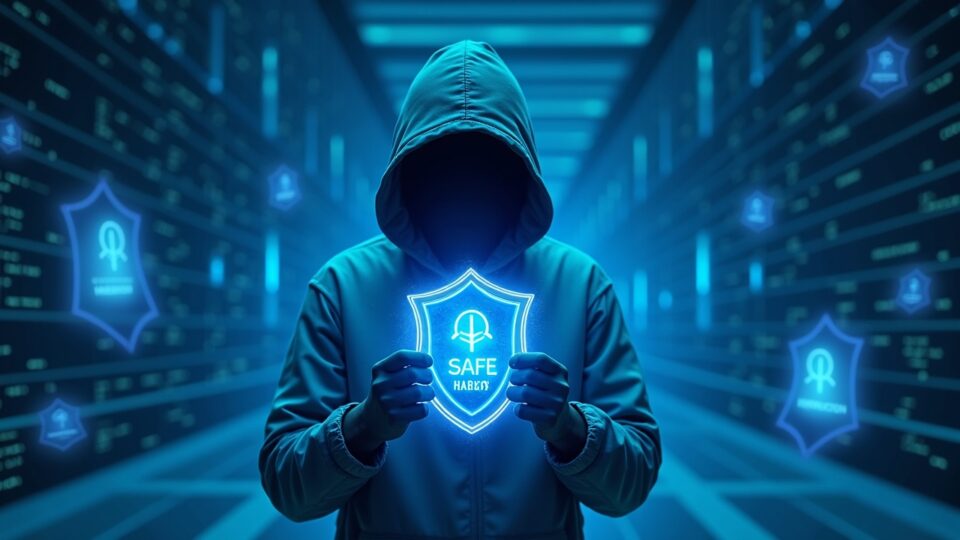On October 1, 2025, the Security Alliance (SEAL) published the final version of the SEAL Safe Harbor, a set of rules that allows ethical hackers to intervene when an exploit begins on a blockchain. According to SEAL, together with Web3 security dashboards, it has already returned more than $25 billion to users. The rules matter because they remove doubts about whether a third party who moves stolen coins commits a crime and because they shape how users, custodians, product teams, and compliance officers at protocols and exchanges try to reduce losses and restore liquidity.
The Safe Harbor is a step-by-step process that provides legal cover for researchers acting in good faith to secure assets as soon as they detect an active attack or inactive stolen funds. It requires sending the assets to a published recovery address within 72 hours, protects the rescuer from criminal charges and offers a 10% reward of the amount returned, capped at $1 million per incident. Before any payment, the rescuer must pass KYC checks or OFAC screenings.
How the SEAL Safe Harbor works
SEAL lists 29 companies as signatories to the agreement, while Immunefi notes that the same framework has turned 30 of its researchers into millionaires and has helped return more than $25 billion in customer assets. A “white hat” is a security researcher who finds and fixes vulnerabilities with the goal of protecting users and returning lost assets.
The Safe Harbor adds money and legal clarity to the decision to intervene: exploits are closed faster, less value leaves the protocol and holders’ positions dissipate sooner. The KYC or OFAC step identifies each rescuer, reduces the possibility that a criminal launders funds through the same channel and forces compliance teams to track an additional data point.
The $1 million cap and the 10% rate set the “price” of the rescue, incentivize quick actions in large thefts but may discourage efforts in small cases. The fact that 29 companies adopt a private regulation shows the industry writing its own standards while governments finalize formal laws, a shift that institutional investors watch when assessing blockchain risk.
In summary, the SEAL Safe Harbor is a written agreement between industry and ethical hackers that, according to SEAL together with Immunefi, has already returned more than $25 billion and has 29 signatories as of October 1, 2025. What changes in these rules will determine how quickly exploits end, the traceability of funds, and the rigor of compliance areas, with direct effects on how risk is mitigated and liquidity is restored in Web3.

